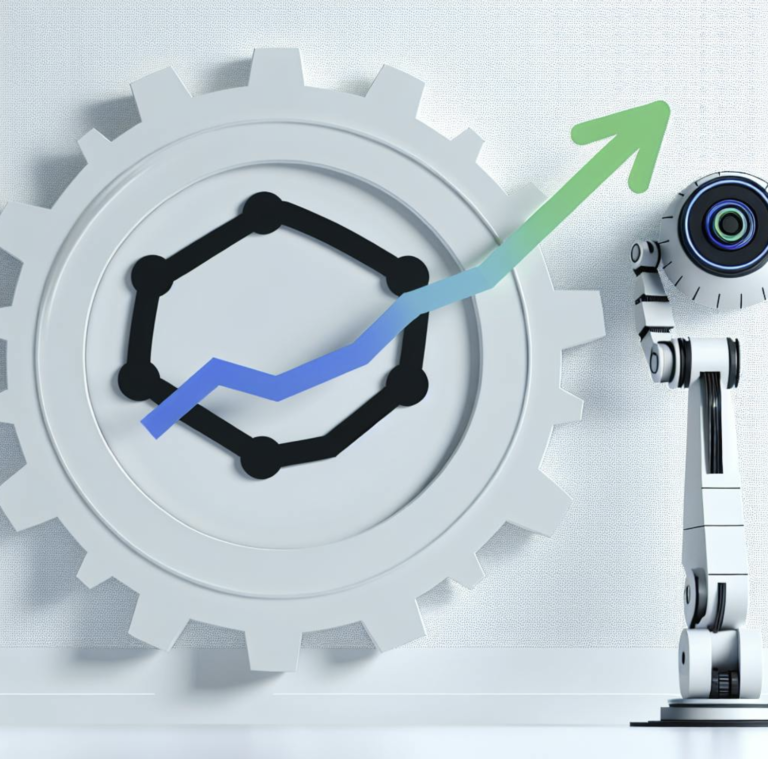Unlocking Efficiency: Master the Art of Zapier Automation
In an age where time is a precious commodity, harnessing the power of automation is essential. Zapier stands at the forefront of this revolution, offering seamless integration between web applications to automate repetitive tasks and workflows. This article delves into the mechanics and benefits of Zapier automation, equipping you with the knowledge to transform your work processes.
The Fundamentals of Zapier Automation
Zapier stands as a pivotal tool in the realm of automation, designed to simplify the way we work by linking various applications together. At its core, Zapier enables the creation of automated sequences, known as Zaps, which connect trigger events in one application to actions in another. This seamless connection eradicates the need for manual data entry, offering a revolution in workflow efficiency.
Zapier operates on a straightforward yet powerful principle involving Triggers, Actions, and Zaps. A Trigger is an event in an app that kickstarts the Zap. For instance, receiving a new email in Gmail can serve as a trigger. Following the trigger is the Action, which is the event that the Zap completes in another app in response to the Trigger. For example, creating a new task in a project management tool like Trello in response to receiving a specific type of email. When you link a Trigger to an Action, you create a Zap, which automates tasks between two or more apps without any manual intervention required.
The potential applications of Zapier are vast and varied. Imagine automating the process of saving email attachments from Gmail directly to Dropbox, or automatically sending Slack notifications when a new lead is captured in a CRM like Salesforce. These Zaps not only save precious time but also ensure that critical information is seamlessly transferred between platforms, enhancing team collaboration and productivity.
One practical scenario of Zapier’s impact involves a marketing team automating social media content sharing. Whenever a new blog post is published, a Zap can trigger the sharing of the post’s link and summary automatically to multiple social media platforms, such as Twitter and LinkedIn, maximizing the post’s visibility without requiring manual posting.
By mastering Zapier automation, users can craft a more efficient, integrated workflow, liberating them from the tedium of repetitive tasks and allowing them to focus on more strategic initiatives. Through connecting apps like Slack, Gmail, and Dropbox, Zapier unlocks a new level of productivity, making it an indispensable tool in the arsenal of modern professionals seeking to streamline their workflows.
Advanced Techniques in Zapier Automation
After understanding the fundamentals of Zapier automation and how it transforms everyday workflows by linking triggers from one application to actions in another, we dive deeper into more sophisticated techniques that unlock further efficiency and productivity. Multi-step Zaps are the cornerstone of advanced automation, extending beyond simple one-trigger-to-one-action sequences. They allow for a series of actions across different applications based on a single trigger. Imagine a scenario where receiving an email attachment not only saves the attachment to Dropbox but also sends a notification via Slack and creates a follow-up task in Asana, all through one integrated workflow. This level of complexity ensures that repetitive tasks across multiple platforms are automated smoothly, saving time and reducing errors.
Leveraging the power of Zapier’s Parser and Formatter features is essential for handling data more intelligently between apps. The Parser, for instance, can extract specific pieces of data from incoming emails or documents, such as invoice numbers or contact details, which can then be used in subsequent actions. The Formatter, on the other hand, manipulates data – whether it’s formatting dates and times, adjusting text strings, or performing mathematical operations – ensuring the information passed between apps is in the correct form. This level of control over data manipulation is vital for creating seamless and efficient workflows.
For those scenarios where off-the-shelf integrations and built-in functionalities fall short, custom coding within Zaps through JavaScript or Python steps enables entirely bespoke solutions. This flexibility to write custom scripts or utilize Code by Zapier means even the most unique or complex tasks can be automated. Whether it’s processing data in a particular way that isn’t natively supported or integrating with APIs in a custom fashion, coding unlocks a new dimension of personalization and power in automation.
Streamline Your Business with Cutting-Edge Automation
Empower your business with powerful automation tools designed to enhance workflows, improve efficiency, and drive online impact.
Book a CallFinally, as the complexity and number of Zaps grow, managing and optimizing them becomes crucial for peak performance. Regularly reviewing Zaps to ensure they’re running as intended, eliminating redundancies, and optimizing for efficiency prevent bottlenecks and ensure the automation system remains robust and responsive. This might involve streamlining multi-step Zaps to reduce unnecessary actions, leveraging filtering to ensure Zaps only trigger under specific conditions, or consolidating similar Zaps to simplify the automation framework.
Moving forward into best practices and common pitfalls of Zapier automation, it’s essential to apply the advanced techniques discussed here thoughtfully. Balancing complexity with simplicity, focusing on efficient data manipulation, and ensuring custom solutions are carefully managed will pave the way for successful, high-performing automated workflows.
Best Practices and Common Pitfalls
When adopting Zapier to automate workflows, structuring and scaling your integrations with best practices in mind is crucial for success. A fundamental aspect of this is employing clear and consistent naming conventions for your Zaps. This simple yet effective strategy aids in keeping your automations organized and easily identifiable, especially as you scale. For instance, a naming schema based on function, department, and sequence (e.g., “HR-Onboarding-01: Gather Documents”) can streamline management and troubleshooting.
Organization is another key pillar. Leveraging folders to categorize Zaps by department, project, or functionality not only enhances findability but also aids in permission management, ensuring that team members have access to relevant automations only. As your library of Zaps grows, this organizational structure will prevent clutter and maintain efficiency.
Testing protocols are essential to ensure your Zapier integrations work as intended. Before deploying a Zap, thoroughly test it using real data scenarios to catch and address any issues. Incremental testing, where each step of a multi-step Zap is tested individually before testing the whole sequence, can pinpoint exactly where errors occur, simplifying troubleshooting.
However, managing Zapier integrations is not without its pitfalls. A common mistake is overlooking the limitations of the apps being integrated. Each app has its APIs’ constraints, such as the rate of calls allowed. Ignoring these can lead to failed Zaps and workflow interruptions. Therefore, acquainting yourself with these limitations beforehand is vital.
Data privacy and security is another area often underestimated. When automating the transfer of sensitive information between apps, ensure that all platforms comply with necessary data protection regulations and that Zapier’s built-in privacy features are correctly configured.
Troubleshooting Zaps is an inevitable part of their lifecycle. When facing issues, reviewing the task history in Zapier can provide insights into where a Zap failed. Cross-reference this with any error messages and the documentation of the apps involved for potential solutions. Additionally, staying informed of updates from Zapier and the integrated apps is crucial; what works today may need adjustments tomorrow due to updates or changes in API behaviors.
Adopting these practices while being mindful of the common pitfalls will not only ensure the smooth operation of your Zaps but will also secure their relevance and effectiveness in the long run, adapting to changing business needs and technological advancements.
Conclusions
Zapier automation stands as a powerful ally in the quest for efficiency, bridging disparate applications and streamlining operations. By mastering its intricacies, users gain valuable time and accuracy, propelling themselves and their businesses towards higher productivity. Remember, the key lies in thoughtful implementation, attention to detail, and continuous optimization of automated workflows.







